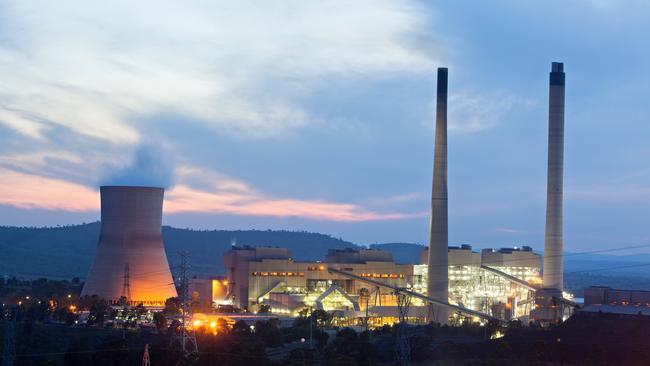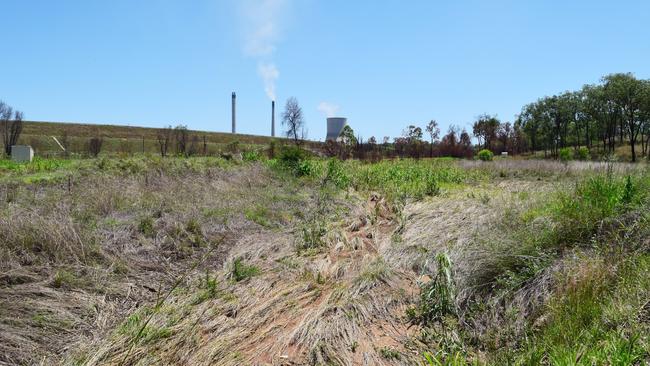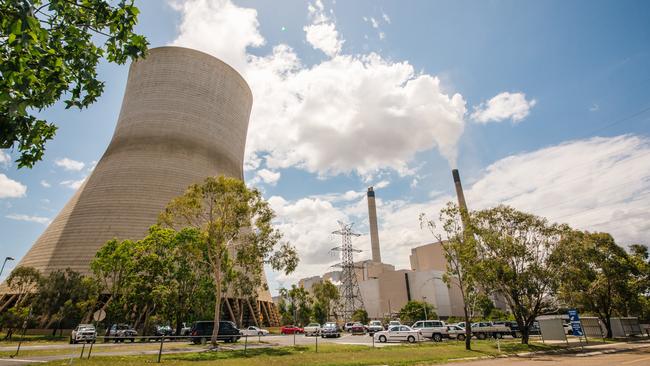Fear residents could have been using toxic water for years
An authorised controlled release of ash dam water not linked to PFAS chemicals: Callide Power Station’s CS Energy.

Gladstone
Don't miss out on the headlines from Gladstone. Followed categories will be added to My News.
Banana Shire residents could have previously ingested PFAS chemicals in drinking water, claims a former employee of a power station touted as ‘nil discharge’ when it was constructed.
Last week CS Energy revealed toxic PFAS chemicals had been detected in groundwater near the Callide Power Station.
The poly-fluroalkyl substance’s link to liver damage, thyroid disease, decreased fertility, high cholesterol, obesity, hormone suppression and cancer, is being studied by scientists around the world.
PFAS is a group of manufactured chemicals present in firefighting foams that were historically used at various Australian sites including civil airports, defence bases, ports and large industrial sites.
AMAZING DEAL: $1 for 28 days for local news, great rewards
PFAS is also found in common products such as non-stick cooking pans, fabric, furniture and food packaging.
Callide Power Station is owned by CS Energy, which is working with Queensland Health on the issue.
“While some results were above the government guidelines, they were significantly lower than at other sites in Queensland that had PFAS in their groundwater,” the company said in a statement.
Banana Shire Council bores used to draw drinking water were tested last week for the presence of PFAS chemicals.
The former employee, of more than a decade, who preferred no to be named, claimed Callide Power Station, and numerous other PFAS related industries formerly ‘hosed that stuff down and it all goes into the ash dam’.
“When the power station was built they kept on stating that this would be a nil discharge power house,” the former employee claimed.
“There won’t be an ounce of unwanted water leaving site, was their main claim.
“Some years ago we had a fairly big rain event, the ash dam was overflowing and the Callide Creek was running, and they got permission off the Department of Environment to release that dam water into the Callide Creek.

How to activate free Courier Mail subscription
“I wonder if that water was tested?
“I wonder what was in it?
“Now, as you see by that chemical report, they’re finding quantities of PFAS in the bores close to Biloela, downstream from the Callide Power Station.”
The Callide Power Station ash dam, which CS Energy states has no link to the PFAS chemical detections, has been operational since 1989 and modified over that time in response to changing regulations.
A CS Energy spokeswoman acknowledged the release of ash dam water in January 2011 ‘under a Transitional Environmental Program approved by the then Department of Environment and Resources Management’.
When the controlled release occurred, The Central Telegraph reported 23 megalitres of ash dam water was released daily into Callide Creek.
Callide Power Station site manager at the time Kevin Hartney said “the water in the ash
dam contains soluble salts and trace elements from the ash and the water from the Callide Dam.”
“The concentrations of these trace elements are very low, equivalent to levels that occur naturally in soils,” Mr Hartney said.

It is not known what tests were conducted on the water released from the ash dam in 2011.
The controlled release, which contained only water, not ash, could have continued until April, The Central Telegraph reported.
“The controlled release from the Callide Ash Dam in 2011 was done in conjunction with substantial releases from the Callide Dam to ensure that water in the Callide Creek was within the Australian guidelines for drinking, stock and irrigation water quality requirements,” A CS Energy spokeswoman told The Observer.
“The recent PFAS sampling program is not connected to the controlled release from the Callide Ash Dam in 2011.
“The water in the ash dam is currently recycled and used for various operational purposes in the power station.
“We store and recycle ash in accordance with our Environmental Authority from the Department of Environment and Science.
“‘Zero discharge site’ is not a term that CS Energy currently uses.
“CS Energy conducts regular environmental monitoring, including water sampling, to ensure that we comply with our environmental requirements.
“We report any exceedances to the Department of Environment and Science.”
Other stories
Police still investigating ‘mystery’ discovery of body



